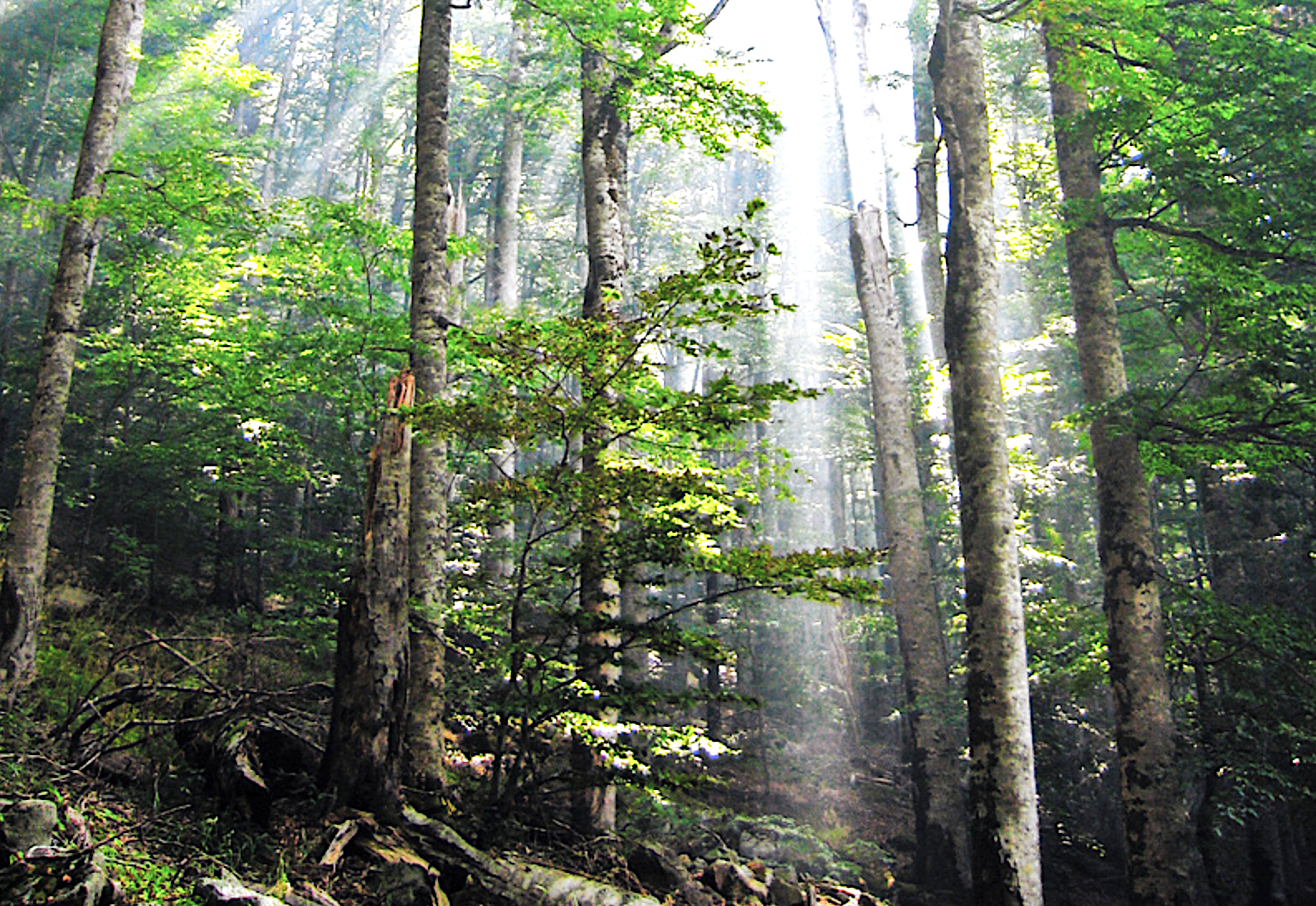This past spring, media outlets of every kind published photos and videos of eerily empty public spaces in cities like Beijing, New York, Milan, Paris, and Seoul, cities not known for their lack of street life. At least in the case of Seoul, where I live, the depopulated image was a bit of an exaggeration, but taken as a whole, these stunned visual dispatches from around the world reflected a real and sudden change in urban life caused by this year’s coronavirus pandemic. They also got us thinking, not just about our cities but about the built environment, and even human civilization, in general. Life, as often, had imitated art: specifically, it had imitated the paintings of Giorgio de Chirico, the founder of the Metaphysical art movement.
“In 1909, de Chirico was sitting on a bench in the Piazza Santa Croce in Florence, recovering from an intestinal illness, when all of a sudden he had a profound experience.” So says Evan Puschak, better known as the Nerdwriter, in his new video essay “When the World Became a de Chirico Painting.”
As the artist himself later remembered it a few years later, “The whole world, down to the marble of the buildings and fountains, seemed to me to be convalescent.” There followed the painting The Enigma of an Autumn Afternoon, depicting a hollowed-out Piazza Santa Croce, its statue of Dante now headless. “This and all the plazas in his Metaphysical Town Square series are simplified, empty, cut with dramatic shadows.”
Seldom does a human being — that is, a human being not made of stone — appear in de Chirico’s Metaphysical Town Squares. But he does include the occasional train in the distance, usually with a billowing smokestack. This suggests that, though life in the foreground seems to have stopped indefinitely, modernity continues apace in the background. To many of us, the vague disorientation this causes now feels almost normal, as does the sensation of seeing familiar places made unfamiliar. In 2020, Puschak says, “cities and towns became immense museums of strangeness, and it was possible to see what we built through alien eyes.” For more than a century, De Chirico’s paintings have, on a much smaller scale, presented us the same opportunity for reflection. But among other things we’ve learned this year, nobody wants to live in a De Chirico for long.
Related Content:
See Web Cams of Surreally Empty City Streets in Venice, New York, London & Beyond
How To Understand a Picasso Painting: A Video Primer
The Museum of Modern Art (MoMA) Puts Online 75,000 Works of Modern Art
Based in Seoul, Colin Marshall writes and broadcasts on cities, language, and culture. His projects include the Substack newsletter Books on Cities, the book The Stateless City: a Walk through 21st-Century Los Angeles and the video series The City in Cinema. Follow him on Twitter at @colinmarshall, on Facebook, or on Instagram.




